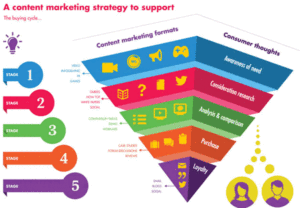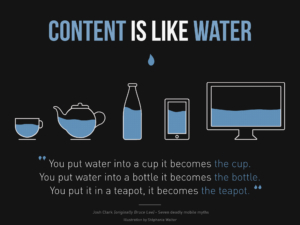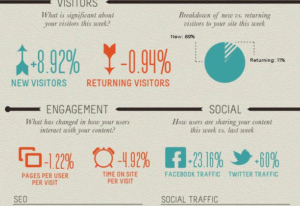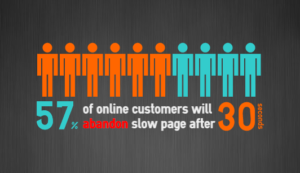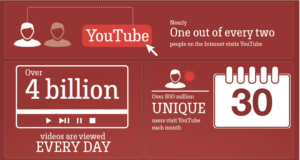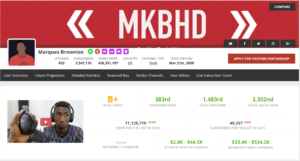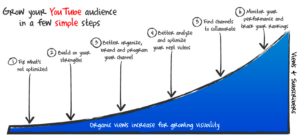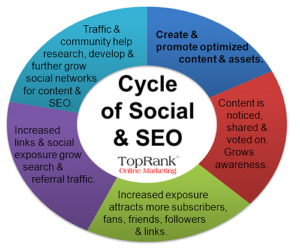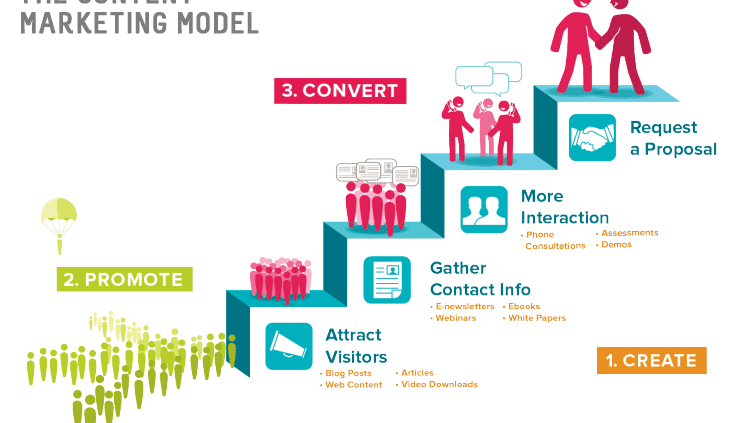Marekting has many trends that rise and fall. The current trend that many marketers are focusing on is content marketing. Content marketing requires that a company creates content to power an inbound engine and drive leads or sales via their website. However, there is a flaw with content marketing. How do you come up with ideas for content? Especially as you start to scale the content up. Retaliate1st has pioneered content marketing for many companies, including start-ups in the pet, tech, wearable and app world. Here we make our 4 recommendations on how you can continually come up with content to power your content marketing and inbound strategy.
4 Places to Generate Ideas for Content Marketing
- Google Auto-Suggest
Google’s autosuggest feature is a treasure trove for content creators. Google suggests the actual phrases or questions that people are searching for, so you know that these autosuggests will make great page and blog titles.
Google makes these suggestions based on real searches. The most popular get placed in the auto-suggest categories. If you click on one, you’ll notice at the bottom of the page there are even more suggested links.
How do you use this data to your advantage?
If you have a food deliver service in Philadelphia’s Rittenhouse neighborhood, start by typing in “food delivery”
You’ll see results like:
- Food delivery near me
- Food delivery near me open
- Food delivery Rittenhouse
- Food deliveries near here
You just found at least 4 article titles that will carry a ton of SEO value if they’re written and optimized well.
Customer Centric Content Marketing
The idea is to get into the mind of your customer. Play around with questions you’ve been asked.
A basic search for “can I order food” returns these suggestions:
- Can I order food with paypal
- Can I order food with a check
- Can I order food to a hotel
- Can I order food near here
Again, you have 4 SEO-rich titles and topics that people are actually searching for.
- Trade Magazines
If you’re selling B2B services or products, trade magazines are loaded with ideas. Just because something has been written about doesn’t mean that you can’t offer a fresh perspective on the issue.
Plus, every magazine has a letters to the editor section. Again, what better place to address questions than those coming directly from your potential customers.
Check the back of the magazine. If you’ve been reading it for a few months, you’ll notice a few advertisers that are listed consistently. This is because whatever they’re selling, readers are buying. Study the ads, the products, and services they sell and address these things on your site, in your newsletter, and in your content strategy.
Lead Generation Through Content Marketing
- Lead Forms
If your lead form has a text box with “how can we help you,” or if you have a help page on your site, the questions and concerns of your customers can not only help you create new content, but it will also help you from dealing with redundant issues.
If 15-people are writing in to ask where they can buy your widget in Green instead of red, then either make the answer clearer on your website, or address it in an FAQ. Either way, you have new content plus you won’t have to answer another 15-emails about the green vs red conundrum.
- Social Media
Searching hashtags, trends, or simply following brands that offer similar, or related, services to yours can help you get into the mind of potential customers. Is there a need out there not being filled? More importantly, is there a want going unsatisfied?
Can your business step in with the solution? Are a lot of Facebookers asking where they can find a product similar to yours? Or, are they confused about how a new app works? Find the questions, craft a response, post it to your website and social media channels. It will help your business climb in the Google rankings, and it will help your customers see why they should buy from you.



